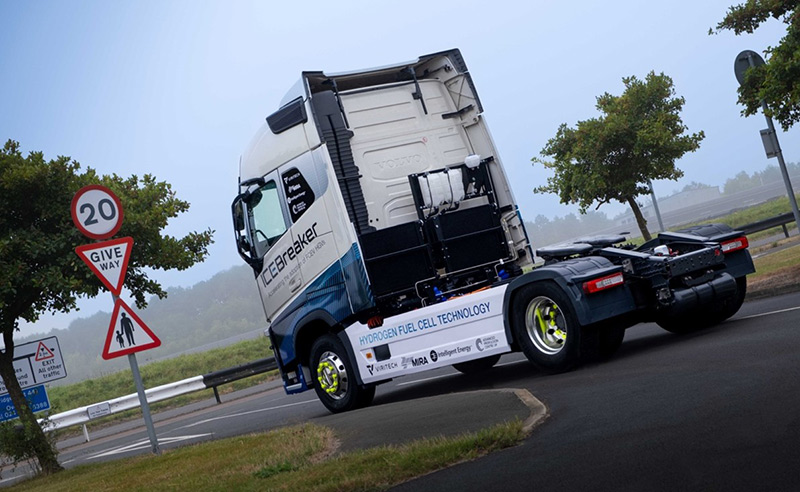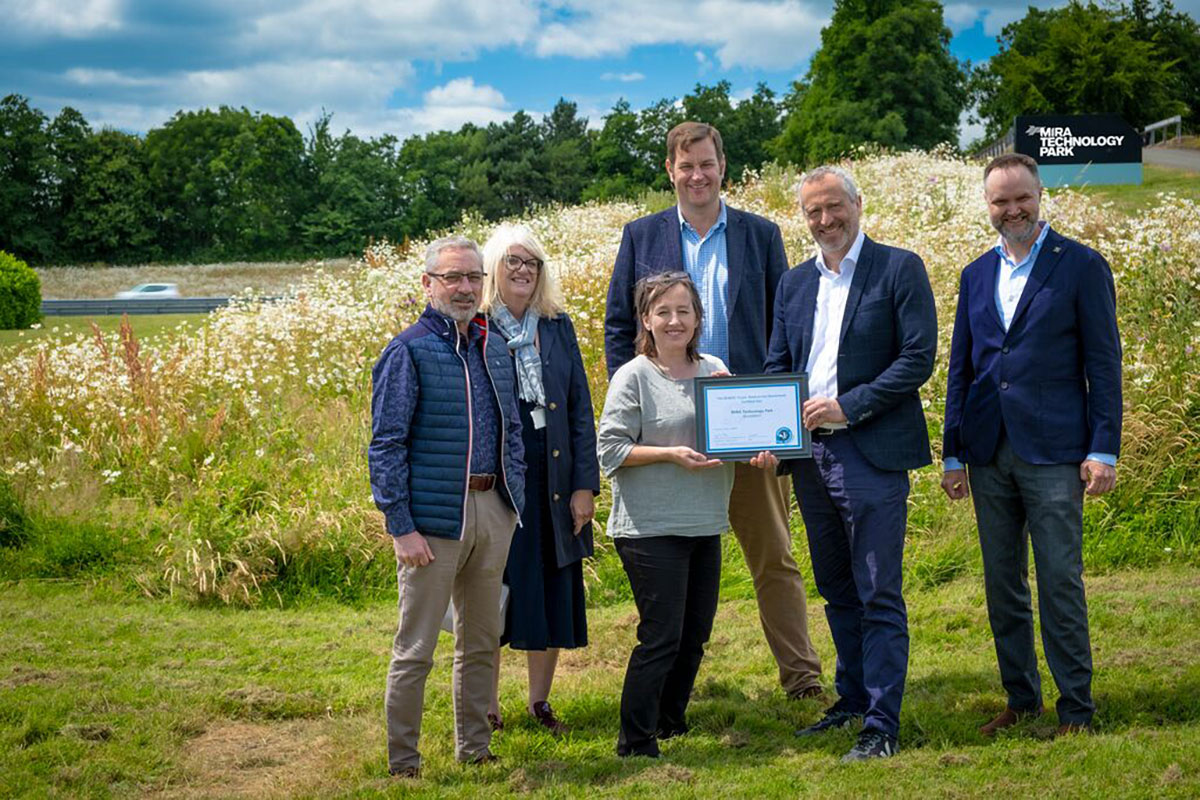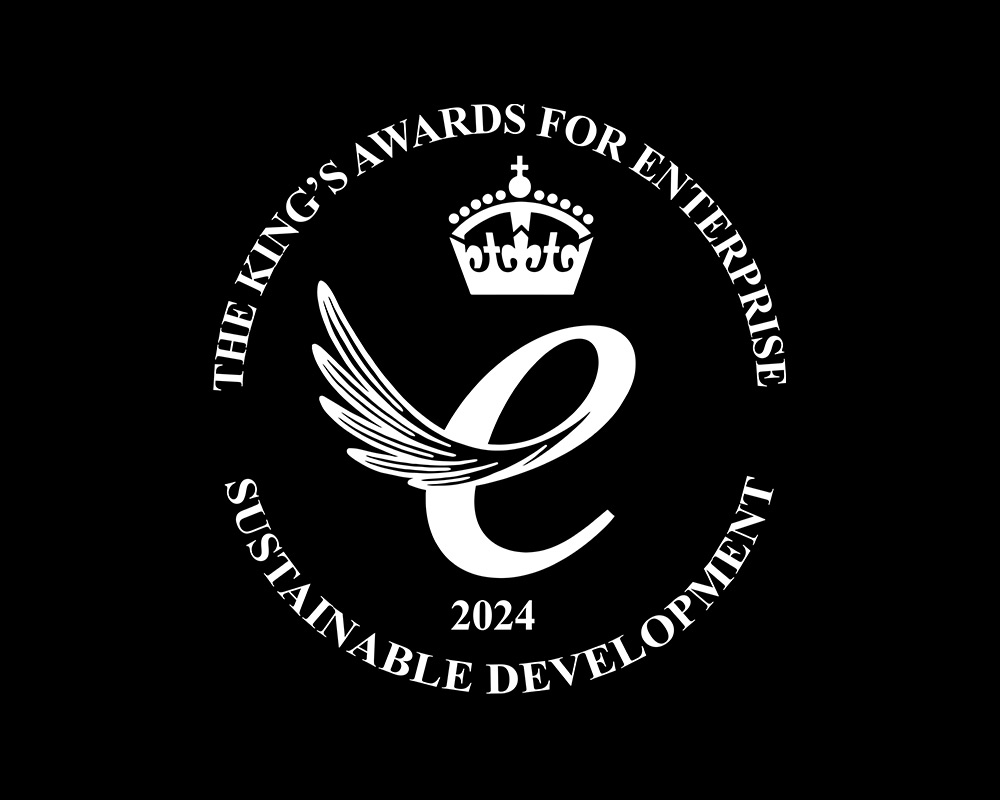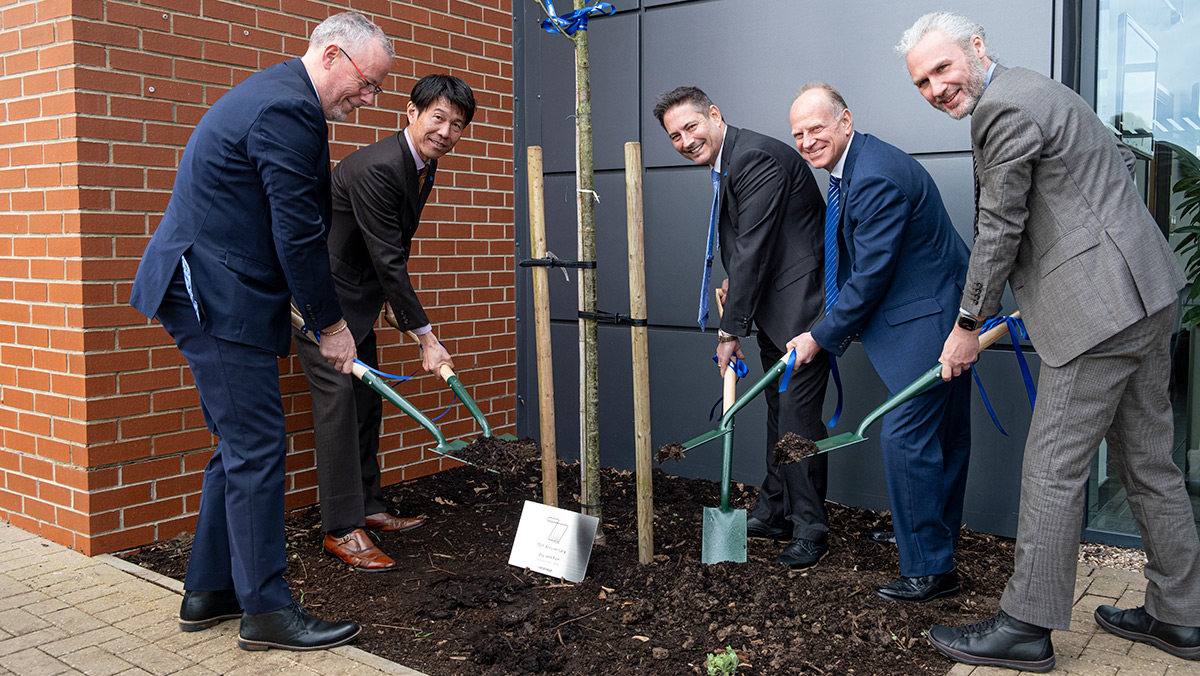STEM Case Study: How did I become an engineer at HORIBA MIRA?
Alisdair Bowie – Senior Software and Controls Engineer, joined HORIBA MIRA in 2011 after achieving a degree in Mechanical Engineering. Alongside his role in Software and Controls where he primarily develops control software for hybrid and electric vehicles, Alisdair is working to inspire children through his work as a STEM (Science, Technology, Engineering and Mathematics) Ambassador. As a STEM Ambassador, Alisdair volunteers his time and enthusiasm to help bring STEM subjects to life for young people. Here, Alisdair discusses what led him to become an engineer at HORIBA MIRA.

How did I become an engineer at HORIBA MIRA?
In my first blog I introduced what an engineer is. As an engineer myself, I should probably explain how I got here!
Let me take you back to 1997; I was in Primary 7 (Year 6 in the English education system), the Toyota Prius went on sale in Japan, Hong Kong became part of China for the first time in 156 years, James Cameron’s movie Titanic broke box office records all over the world (there was room on the door Rose!), a tweet was a noise a bird made and the UK even won the Eurovision Song Contest.
Growing up in Scotland I, like many, wanted to be a footballer but my primary school football team record of no goals scored and multiple conceded somehow didn’t impress the local scouts…
Aside from football I was fascinated by Formula 1. The technology of the cars, noise of the engines, the drama of the races, and the excitable tones of the great Murray Walker, captivated me and I wanted to get involved.
A bit of investigation (not Googling, as we didn’t have the internet in those days) found that motor racing was financially way out of reach, so I turned my attention to building the cars instead of driving them. Consider yourself lucky Lewis..!
I had my goal. Now I just had to figure out how to get there.
The F1 cars, like all cars, are designed and built by engineers so when I got to high school I focused on subjects like Maths and Physics achieving standard grades (GCSEs) and highers (almost like an A-level) in both, amongst other subjects. Other subjects that are great for a career in engineering include;
- Technical Studies, which helps your understanding of how to design and make parts
- Biology or Chemistry, particularly important for health and chemical engineering
- Computing and coding skills are excellent, too, with the increase in smart technology and connectivity in cars
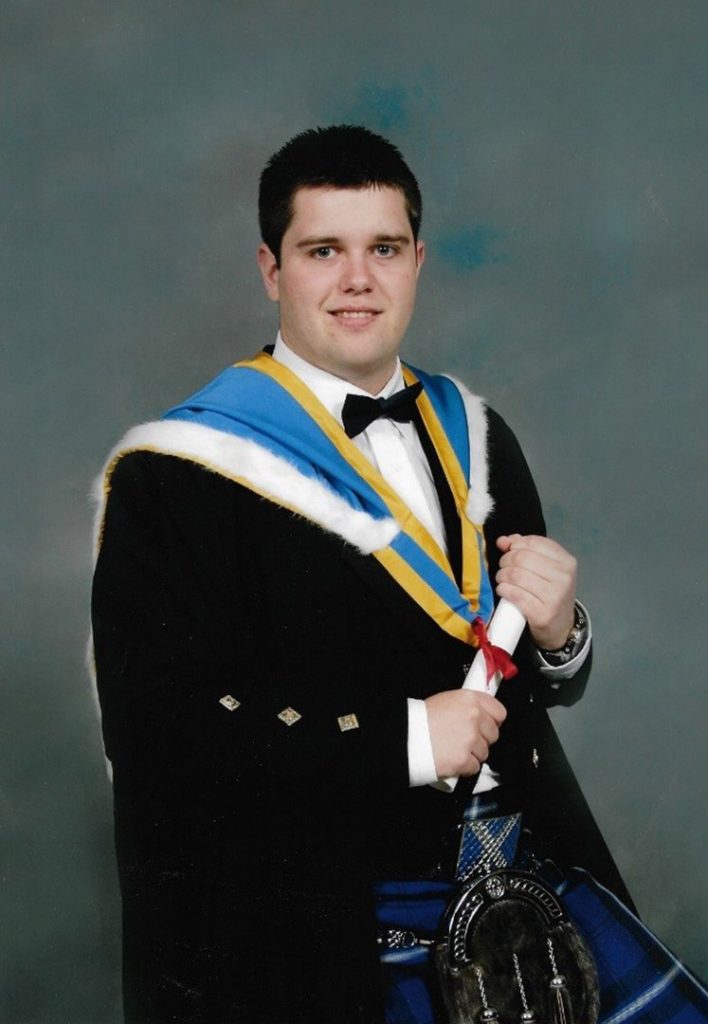
This is how all Scottish people dress by the way…
Thankfully, my results in Maths and Physics got me a place at Strathclyde University studying Mechanical Engineering, where I could really focus on learning what I wanted (and needed) to know.
At the time, university was the only real route open to me but thankfully times have changed and now there are multiple routes into engineering. I’ll have more on that in another blog.
After five years of hard work, I graduated with an MEng in Mechanical Engineering with Automotive Engineering. A degree with a specialisation in cars, excellent! Now time to find a job.
After plenty of interviews, I landed a role at Prodrive, the company then charged with running the Aston Martin Le Mans sportscar and Subaru World Rally programmes and actively pursuing an entry in Formula 1. We’re on our way now, Alisdair! Then reality struck. The global financial crisis hit hard in late 2008; unemployment soared, car sales were decimated and the ‘Great Recession’ began. My timing on entering the working world was impeccable! Unfortunately, after a year with Prodrive I was made redundant and had to start looking for work again.
After seven difficult months, I joined Howden Group in Glasgow, and, I’ll be honest, I missed working with cars. That was my passion and why I went into engineering in the first place. It was at this point I realised that I can’t just do a job for the money; I need to do what I enjoy. So, after months of research and job applications, I received an offer from MIRA, a company that has over 70 years’ experience in developing some of the world’s most iconic vehicles. I was back!
At MIRA, now known as HORIBA MIRA following an acquisition by Japanese company HORIBA in 2015, any thoughts of Formula 1 had been replaced with the ability to do absolutely ANYTHING that you can do with a car. Eight and a half years later and I’ve pretty much done all there is!
I’ve made a hybrid refuse lorry, a hybrid vehicle dynamics car, a rapid intervention military vehicle and I’ve test driven them all.
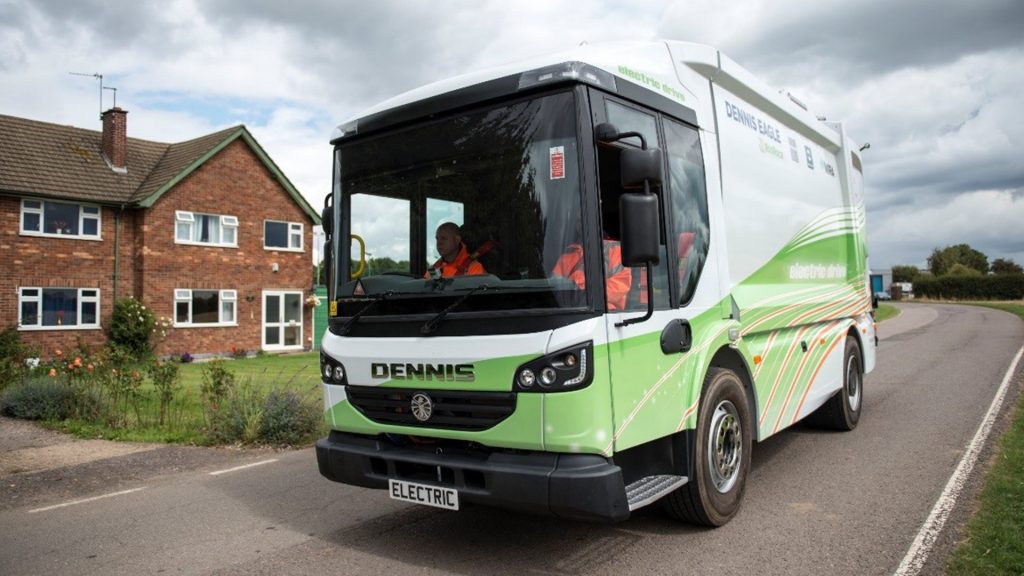
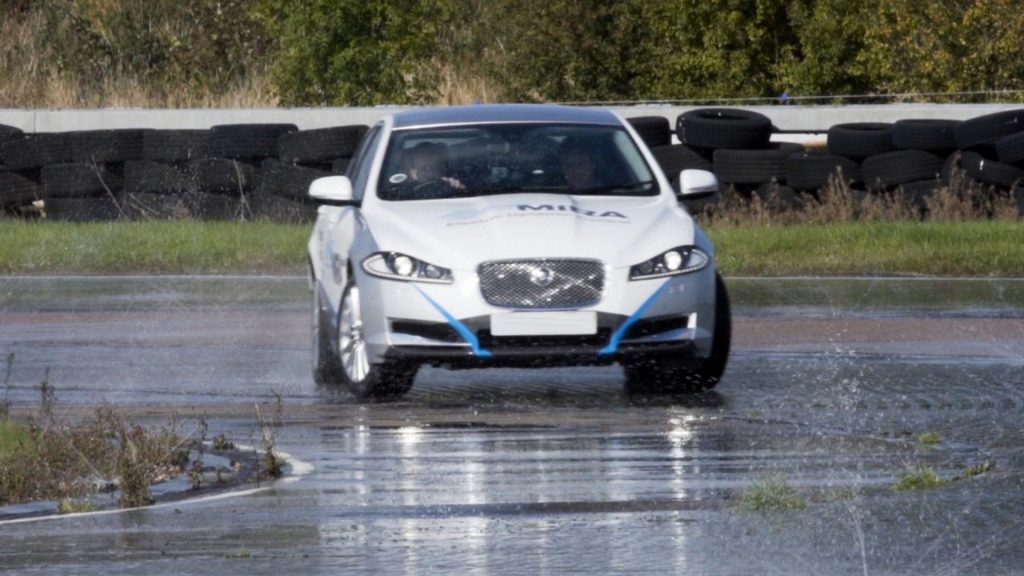
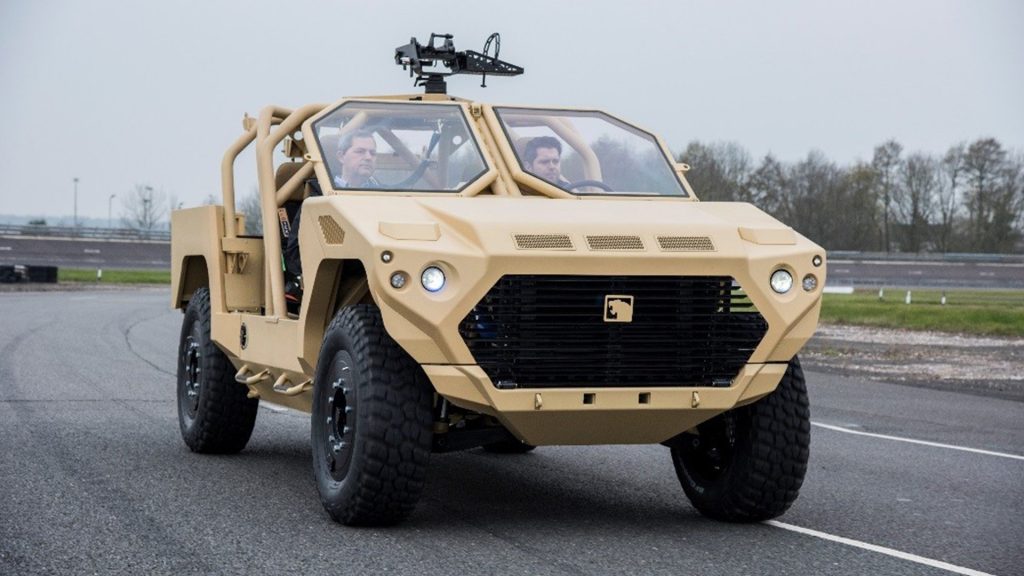

I’ve been in our climatic wind tunnel at –17oC with a 100km/h wind (after Prince Harry had spent the night in it). I’ve tested engines in our powertrain and emissions cells, drifted around the Wet Handling Circuit on our Proving Ground and even experienced being a refuse collector for a day.
Through continued investment, there is a steady stream of new toys for me to play with state-of -the-art facilities for engineers like myself to work in, including the Vehicle Resilience Technology Centre, the Propulsion Test and Development Centre and the exciting new MIRA Technology Institute… just the tip of the iceberg when it comes to working at HORIBA MIRA.
When I go into schools and describe what I do, a lot of people say, “that’s such a cool job” and I’ll be honest, it is!
I’ve come a long way. From failing to score goals in a small village in west central Scotland, to testing vehicles around a 100km Proving Ground in the middle of England – I’m sure there’s more to come!
So, to end on some words of advice for any of you considering a career in engineering, this is what I’ve learned over the years:


